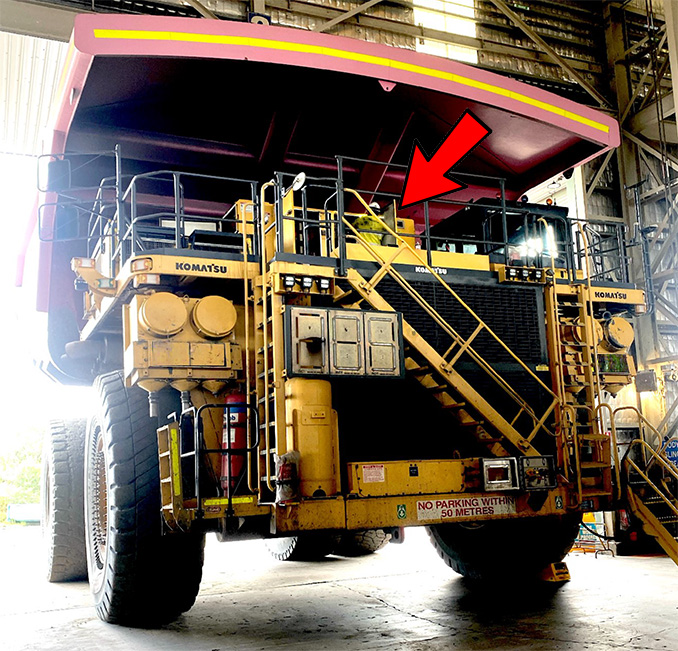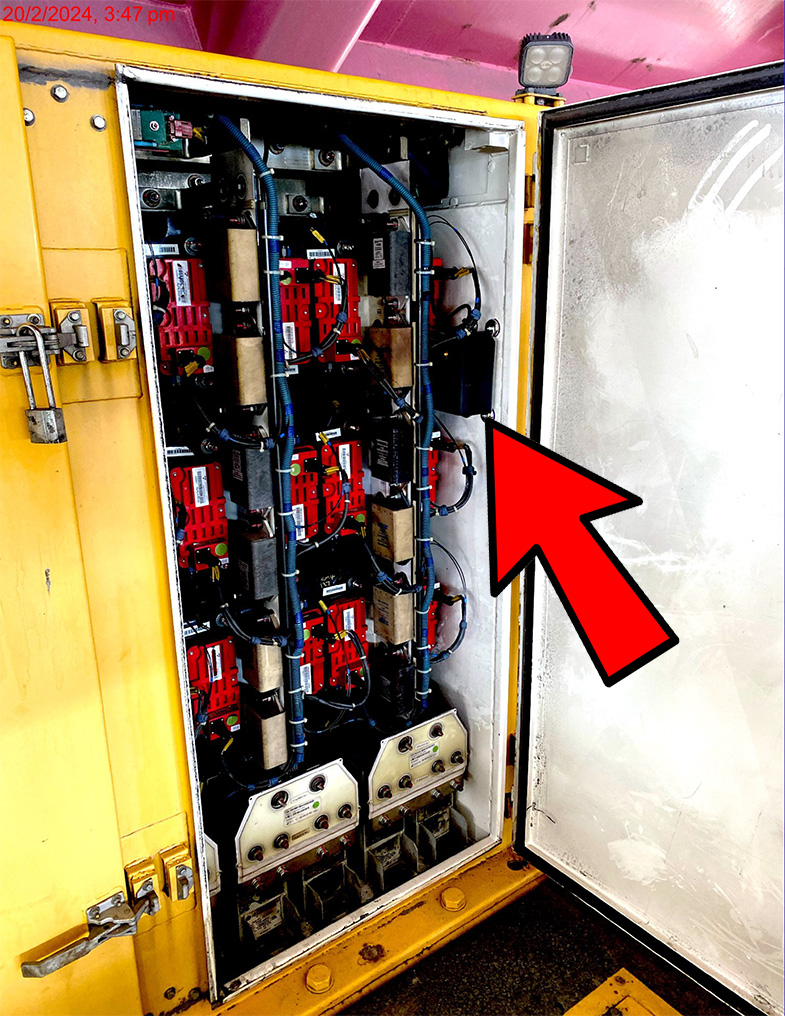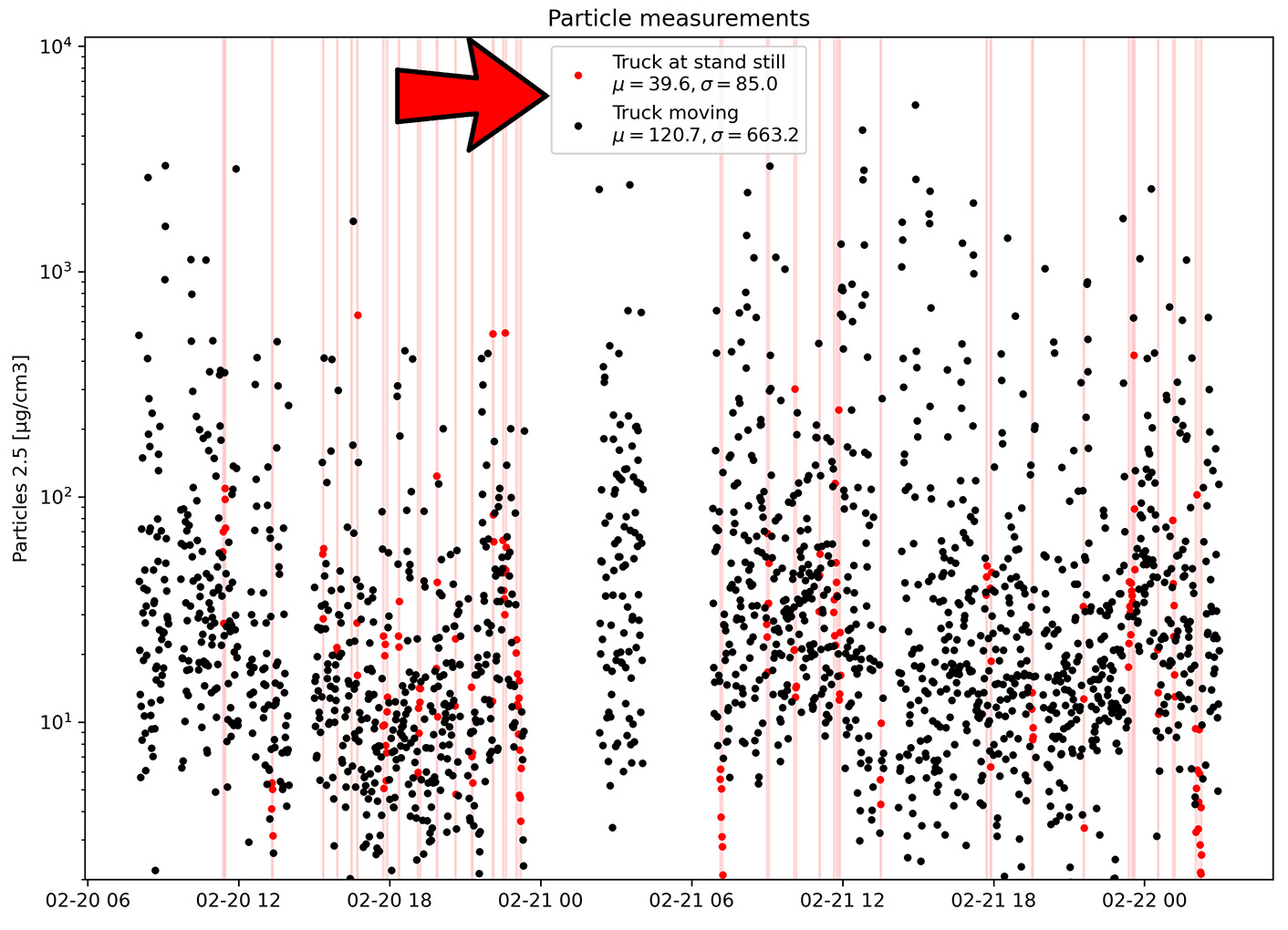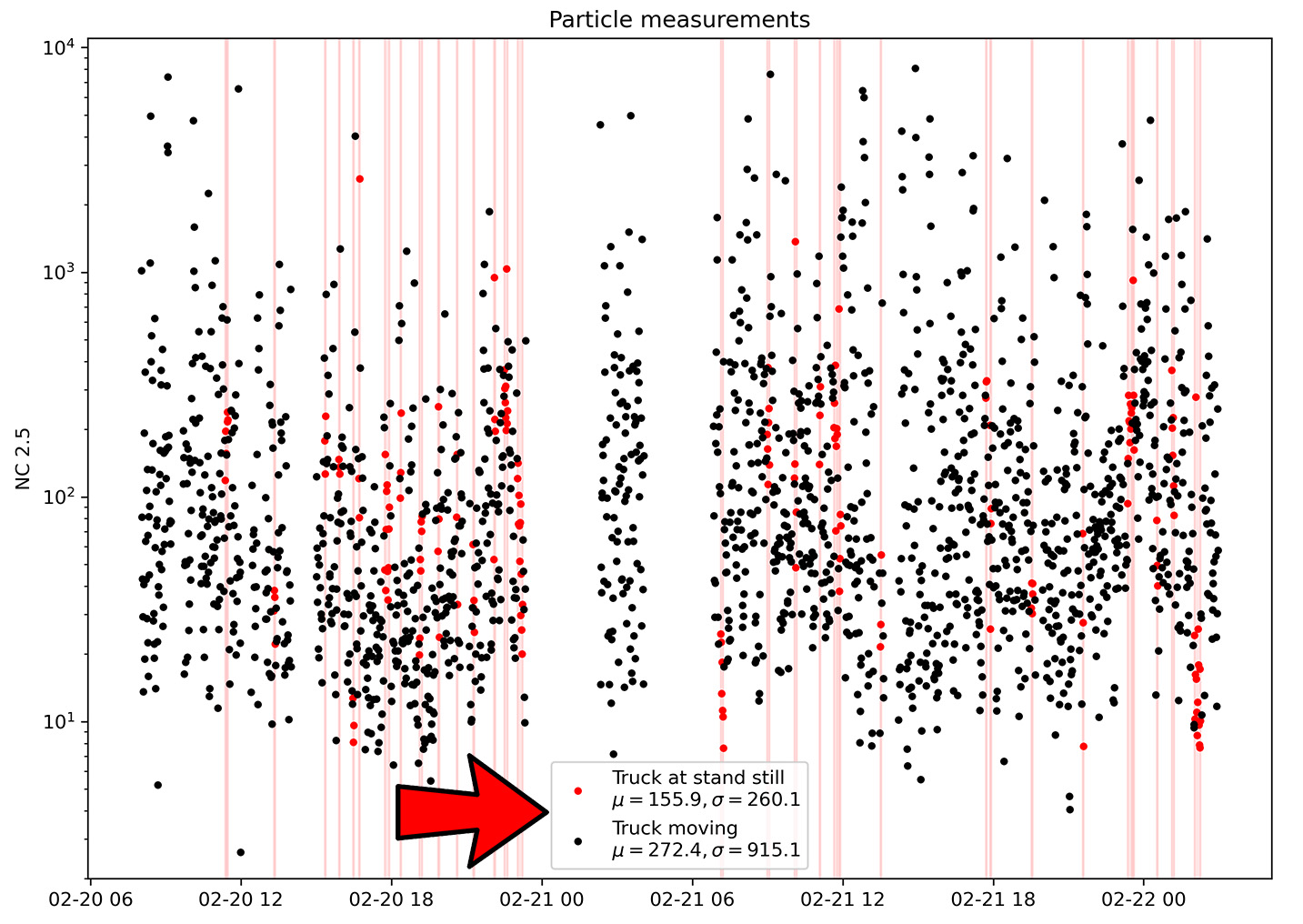CabSafe going beyond air-quality
Introduction
In the rugged terrain of mining operations, safety is paramount. Every aspect of the work environment must be carefully monitored to mitigate risks and ensure the well-being of workers. Introducing CabSafe – a revolutionary product designed to enhance safety within the cabin of mining trucks.
Monitoring Beyond Air Quality
CabSafe goes beyond traditional cabin monitoring systems by incorporating advanced features to provide comprehensive safety measures. Alongside monitoring air quality, CabSafe utilizes an accelerometer to capture vital data crucial for ensuring operator safety and enhancing operational efficiency.
Key Features of CabSafe
Advantages of CabSafe
In conclusion, CabSafe represents a significant advancement in safety technology for mining operations. By integrating advanced monitoring capabilities into the cabin environment, CabSafe empowers operators and managers with the insights needed to ensure a safer and more productive work environment. With CabSafe, mining companies can prioritize safety without compromising on efficiency and operational excellence.










